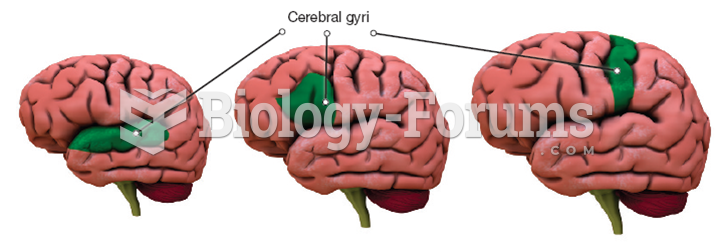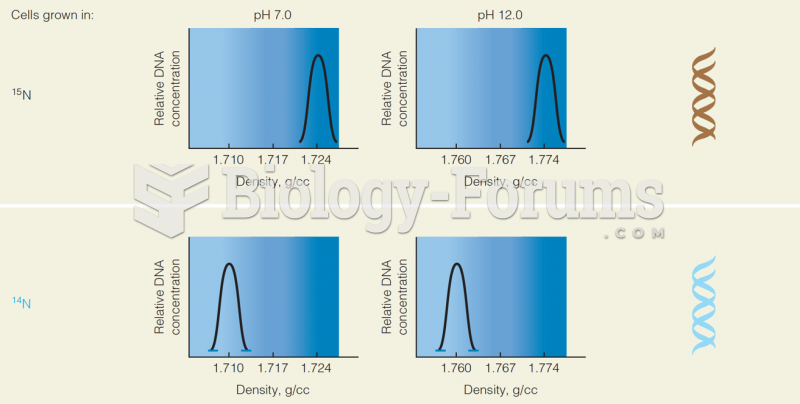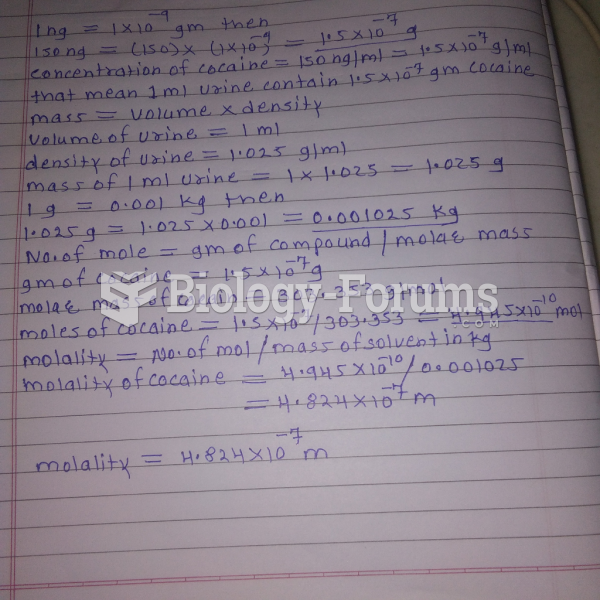|
|
|
By definition, when a medication is administered intravenously, its bioavailability is 100%.
Asthma cases in Americans are about 75% higher today than they were in 1980.
Malaria was not eliminated in the United States until 1951. The term eliminated means that no new cases arise in a country for 3 years.
The Centers for Disease Control and Prevention has released reports detailing the deaths of infants (younger than 1 year of age) who died after being given cold and cough medications. This underscores the importance of educating parents that children younger than 2 years of age should never be given over-the-counter cold and cough medications without consulting their physicians.
Aspirin is the most widely used drug in the world. It has even been recognized as such by the Guinness Book of World Records.







